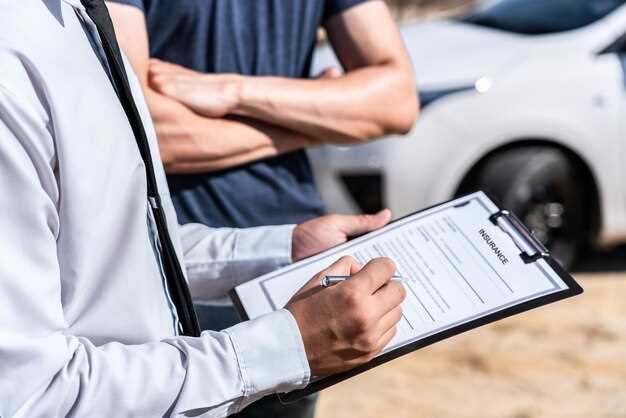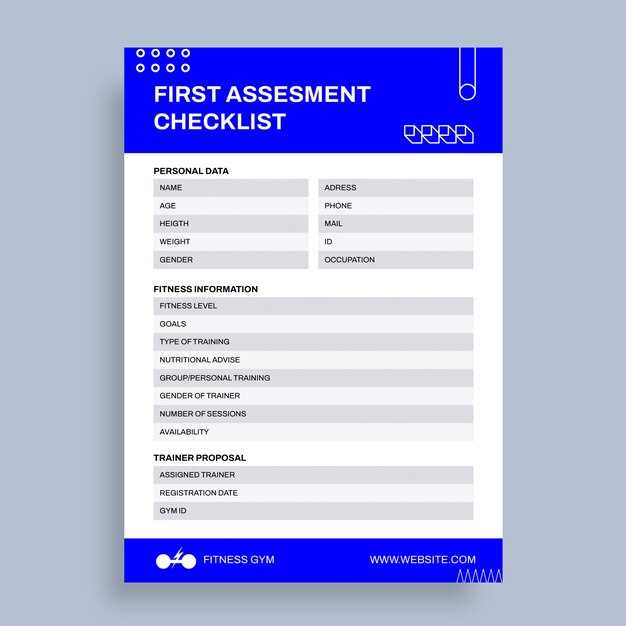

When preparing for an event, ensuring that every detail is addressed is crucial for achieving success. One of the most critical aspects of event preparation is the vehicle inspection process. A well-structured checklist can help streamline this vital task, ensuring that all vehicles are in optimal condition before showcasing to an audience. This proactive approach not only enhances safety but also contributes significantly to the overall experience of the event.
The pre-show vehicle inspection checklist serves as a comprehensive guide for organizers and participants alike. By methodically reviewing each aspect of the vehicles involved, you can prevent unforeseen issues that may arise during the event. This prep work is essential not only for maintaining operational efficiency but also for projecting a professional image to attendees and stakeholders.
In this article, we will outline the critical components of an effective pre-show vehicle inspection checklist. By following these guidelines, you will ensure that the vehicles are not only safe and reliable but also ready to impress audiences during the show. With thorough preparation and attention to detail, your event can achieve its highest potential.
Key Mechanical Checks Before the Show
Before any event featuring vehicles, it is crucial to conduct a thorough mechanical inspection of each car. A well-structured checklist can help ensure that all essential components are assessed to prevent potential issues during the show.
1. Engine Performance: Start with a check of the engine’s performance. Ensure that there are no unusual noises, and that the engine starts smoothly. Look for any warning lights on the dashboard, as they can indicate a range of problems.
2. Fluid Levels: Verify that all essential fluids are at appropriate levels, including oil, coolant, brake fluid, and transmission fluid. Low levels can lead to malfunction and compromise safety during the performance.
3. Braking System: Inspect the braking system for wear and functionality. Check the brake pads, discs, and fluid. A reliable braking system is essential for handling and safety.
4. Tires: Examine tires for proper inflation, tread depth, and signs of wear. Under-inflated or worn tires can affect handling and increase the risk of accidents during the event.
5. Lights and Signals: Ensure that all lights, including headlights, taillights, brake lights, and turn signals, are functioning correctly. Visibility is key for safety and compliance with traffic regulations.
6. Suspension and Steering: Evaluate the car’s suspension system and steering for any signs of damage or unusual wear. A well-functioning suspension ensures a smooth ride, while effective steering is critical for maneuverability.
7. Battery Condition: Check the battery for corrosion, secure connections, and sufficient charge. A dead battery can lead to starting issues that may hinder performance at the show.
8. Exhaust System: Inspect the exhaust system for leaks or damages. A properly functioning exhaust system is vital for emissions compliance and vehicle performance.
Completing this checklist will help ensure that each car is fully prepared for the show. By addressing these mechanical checks, event organizers can enhance safety and showcase vehicles in optimal condition.
Essential Exterior and Interior Preparations

Before the event, a thorough vehicle inspection is crucial to ensure the success of your show. Start with the exterior preparations of the car. Check the paint for any scratches, dents, or imperfections that could distract from its appearance. Ensure that all lights, including headlights, brake lights, and turn signals, are functioning properly. Dirty windows should be cleaned for optimal visibility, and mirrors must be adjusted for a complete view of surroundings.
Next, inspect the tires for proper inflation and tread depth, as this impacts both safety and the overall look of the vehicle. Make sure the wheels are clean and free from grime. The undercarriage should also be examined for rust or other damage that might not be immediately visible.
Transitioning to the interior, focus on cleanliness and organization. Vacuum carpets and upholstery, ensuring that no debris is left behind. Wipe down all surfaces, including the dashboard, console, and door panels, to remove dust and fingerprints. Ensure that all interior lights function correctly, as well as the climate control system, for a comfortable experience during the show.
Lastly, confirm that all necessary paperwork, such as registration and insurance, is securely stored in the glove compartment. This documentation not only enhances your professionalism but also ensures compliance with event regulations. Completing these essential preparations effectively increases the overall presentation of your car and contributes to a successful event experience.
Documentation and Compliance Verification for Events

Ensuring proper documentation and compliance verification is critical for the success of any event, especially when it involves vehicles such as show cars. A comprehensive checklist should be established during the prep phase to ensure all necessary paperwork is in order.
First, confirm that all vehicle registrations are current and valid. This includes checking the car’s title, registration documents, and any pertinent permits required for operation in the event area. Additionally, it’s essential to verify that all drivers possess valid licenses appropriate for the type of vehicle being showcased.
Insurance documentation is another key aspect. Each vehicle should hold adequate insurance coverage, including liability insurance specific to event activities. It’s wise to obtain proof of insurance before the start of the event, ensuring that all participating vehicles comply with local and state regulations.
Next, review any specific compliance requirements related to the event venue. Some locations may impose restrictions on the types of vehicles allowed, emissions standards, or safety regulations that must be met. Compliance with these guidelines not only protects the event but also assures attendees of their safety.
Finally, maintain a detailed record of all documentation and compliance checks. This record serves as a reference for the event organizers and can be useful in case of disputes or inspections during the show. Being thorough in this phase enhances the credibility of the event and contributes to a seamless experience for participants and spectators alike.






